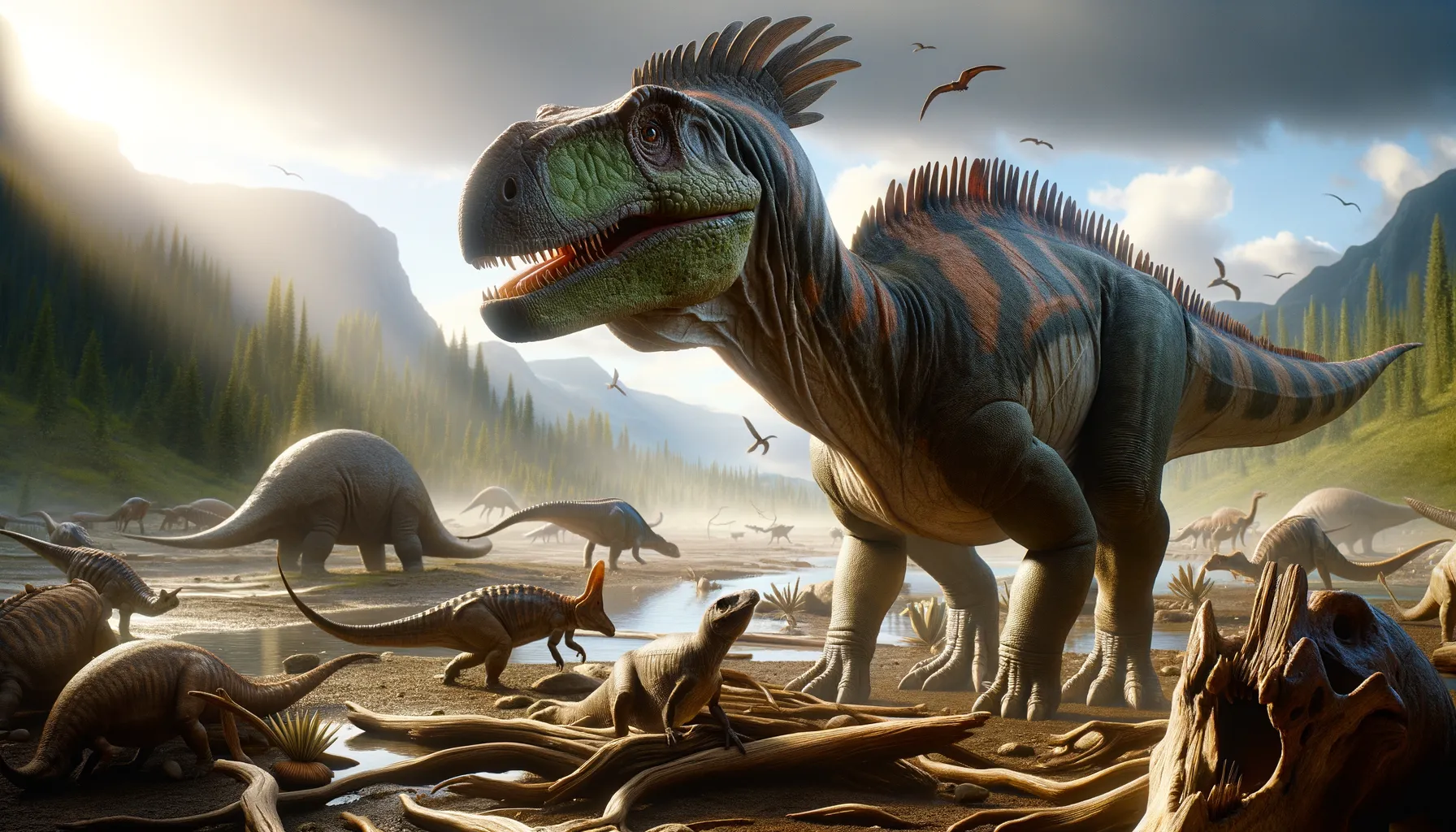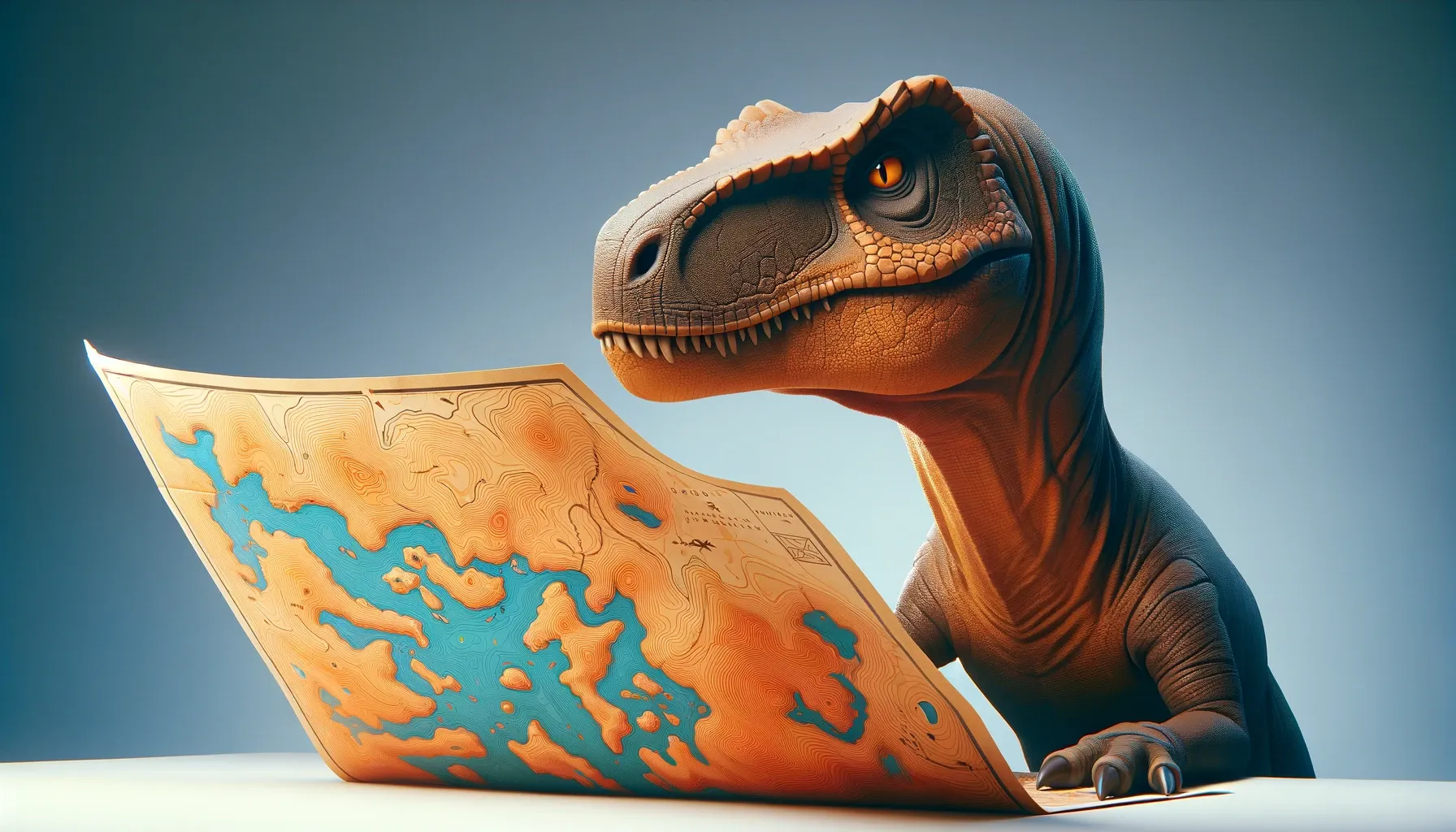
Rhopalodon
A resilient creature of the Permian age.
Period
Permian
Length
Roughly 2.5 meters long.
Height
Approximately 1.5 meters tall.
Weight
Estimated around 1000 kg.
Rhopalodon was a prehistoric creature that lived during the Permian period. It was characterized by its stocky build and sturdy limbs. Known for its resilience, this creature adapted to the dynamic environments of its time. Fossil evidence suggests that it played a significant role in its ecosystem, coexisting with various other early reptiles and amphibians. Despite being a lesser-known prehistoric animal, the Rhopalodon provides valuable insight into the evolution of terrestrial vertebrates.
Diet
Rhopalodon was likely an herbivore, feeding on a variety of plant materials. Its strong jaw and teeth structure suggest it was capable of processing tough vegetation.
Hunting
While not a hunter itself, Rhopalodon had to be cautious of predators. It relied on its stout build and possibly its group behavior to stay protected.
Environmental challenges
During the Permian, Rhopalodon faced a changing climate with fluctuations between wet and dry periods. This forced it to adapt to varying food availability. The creature may have faced competition with other herbivores for resources. Large predators of the time posed constant threats, requiring effective defense mechanisms.
Speed
Relatively slow mover.
Lifespan
Estimated at few decades.
First discovery
Discovered in 1838 in Europe.
Fun Facts
- Rhopalodon wasn't actually a dinosaur; it's a genus of extinct synapsid, more closely related to mammals than to dinosaurs.
- It lived during the Permian period, long before the first dinosaurs appeared.
- Rhopalodon was part of a group called therapsids, which are often nicknamed 'mammal-like reptiles.'
- Fossils of Rhopalodon have been found in what is now Russia, giving scientists clues about prehistoric life there.
- Rhopalodon had a unique skull structure compared to other therapsids, which has intrigued paleontologists studying its evolutionary significance.
- Unlike many popular prehistoric creatures, Rhopalodon is not well-known, making it a favorite among those who love discovering lesser-known ancient animals.
Growth and Development
Rhopalodon likely grew gradually, reaching maturity over several years. Fossil evidence indicates that it might have had a relatively consistent growth pattern. It developed strong limbs early, aiding in its herbivorous lifestyle. Like many prehistoric creatures, its growth was likely influenced by environmental factors.
Habitat
The Rhopalodon inhabited regions with abundant vegetation, such as forests and plains. These environments provided ample resources for its herbivorous diet. Fossils have been found in sedimentary rocks, indicating it lived in areas with both wet and dry conditions. Its habitat was shared with various other terrestrial vertebrates.
Interaction with other species
Rhopalodon coexisted with other prehistoric creatures, forming part of a complex ecosystem. It likely interacted primarily with other herbivores and had symbiotic relationships with certain plant species. Predators of the time, such as early therapsids, posed challenges but also played a role in maintaining ecological balance. Its interactions were crucial for its survival and adaptation.
Natural lifespan
Rhopalodon's natural lifespan spanned several decades.
Reproduction
Rhopalodon likely reproduced through egg-laying, similar to early reptiles. It may have exhibited some form of parental care, protecting its eggs from predators. The reproductive strategy would have been crucial for maintaining its population amidst environmental challenges. Fossil evidence suggests variations in reproductive success based on environmental conditions.
Social behaviour
Rhopalodon might have lived in small groups for protection against predators. Group living would also facilitate finding food and caring for young. Its social structure is largely inferred from fossil evidence of herding animals of the period. Such behavior would have been advantageous in a dynamic and challenging environment.
Fossil locations
Rhopalodon fossils have been primarily discovered in Europe, providing insight into its distribution during the Permian. These sites offer valuable information on the terrestrial ecosystems of the time. Fossilized specimens have been found in sedimentary deposits, indicating its preference for regions with varied climates. Excavations continue to uncover more about its geographical range and lifestyle.
